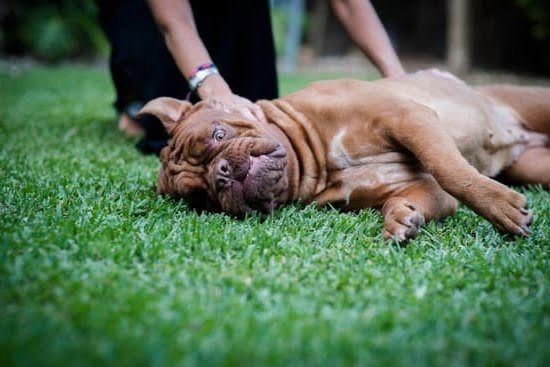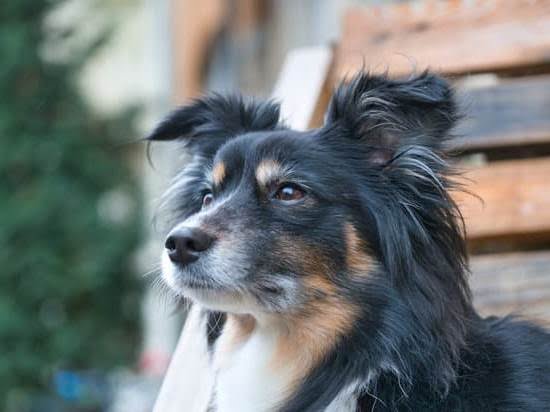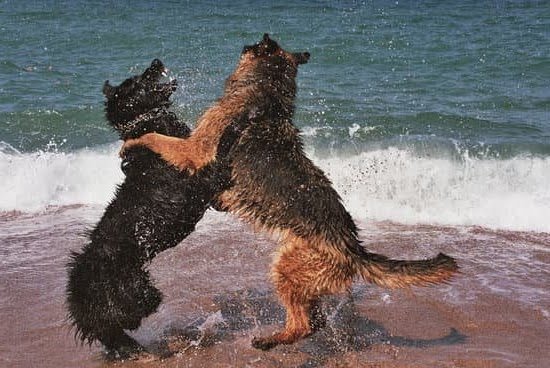Introduction to Scent Work
Dog Scent Work is the practice of teaching a dog to utilize their sense of smell to detect certain scents that have been hidden in an area. The goal of this type of training is to give the canine a job they are good at and build strong relationships between pet and owner. Using positive reinforcement, it encourages problem solving by providing mental stimulation for the dog. It also allows dogs to be successful and gain confidence while performing tasks such as hunting, locating missing people or detecting contraband. While it does use treats as rewards, scent work does not focus on using treats for obedience – instead, it creates an environment where the natural curiosity of a dog is utilized. By teaching them to find hidden objects including toys or food, a positive association is created when they find that object with searching. Dogs who are engaged in this activity tend to become comfortable and relaxed as scent work provides plenty of enjoyment for them due to the task at hand being engaging. Through rewarding successful performances with praise and other rewards, dogs will start actively looking for these objects due to having positive experiences finding them in the past. With many different variations from outdoor trekking to indoor search-and-rescue simulations, there are plenty of ways you can make scent work more suitable according to your pets preferences!
Benefits of Scent Work for Dog Training
Scent work is an incredibly beneficial form of training for dogs. It provides mental stimulation and exercise, helping to keep them mentally alert and physically fit. This type of training also helps strengthen the bond between owner and dog by providing a fun activity that both can share. Additionally, scent work requires minimal supplies, making it an affordable way to engage with your pup.
By engaging their natural scenting capabilities, scent work can help your dog better utilize their amazing sense of smell while stimulating their brain and focusing their problem solving skills. It encourages mental agility, critical thinking, memory recall and overall intelligence in a fun way. This type of training has also been found to encourage confidence in shy or timid dogs by allowing them to build trust with their owners through positive associations. As well as teaching them commands such as “sit” or “stay” since every time they obey the command correctly they are rewarded afterward with treats or toys related to the scent trail.
Scent work not only benefits you and your dog but can be beneficial for those living around you too! Smelling a particular scent triggers the brain differently from using sight which means dogs trained in this area tend to be less easily distracted when on walks compared to those who have not received training involving scent recognition. Finally, training a dog in this discipline makes them far more aware of their surroundings which enhances safety both inside and outside the home – knowledge that can be invaluable should something ever occur that requires an SOS detection response by one’s pet!
Typical Training Steps for Scent Work
1. Introduction to the Scent: The first step in teaching scent work is introducing your dog to the scent they are being trained to find. This should be done by showing them an object containing the scent, such as a toy with a few drops of that scent on it, and letting them sniff it. Allow your dog to explore the new odor for a few minutes, reward them for engaging with it using treats or playtime.
2. Location Training: After introducing the dog to the new scent, you can start training your dog to locate it in different locations around your house or yard. Start with easy locations and gradually work up to more complex hiding spots. Try placing cups or toys with the new scent at various heights and distances from each other, both indoors and outdoors, rewarding your pup each time they find one of the objects.
3. Reinforcement: As your dog becomes proficient at locating items, start reinforcing their success by varying which items have been scented and where they are hidden throughout successive rounds of practice sessions. Keep track of when your dog finds objects successfully and reward them heavily when they do — this positive reinforcement is key for successful training!
4. Gradual Difficulty Increase: Continue increasing difficulty by adding distractions such as other people or animals in the area during practice sessions, putting things into containers like boxes or bags with just a little bit of the scent peeking out, trying different surfaces when hiding items (such as grass vs concrete) etc.. When practicing outside you can include environmental factors like wind direction/strength or changes in temperature which could affect how well your pup can smell out an item.
Tips to Get Started with Scent Work
Scent Work is an excellent, fun way to bond with your dog while helping them develop some valuable skills. Here are a few tips you can use to get started on scent work training:
1. Start slowly: To begin scent work exercises, start with basic commands that your dog is familiar with and gradually increase the complexity of the game. Choose treats that your pup loves so that they remain motivated during training sessions.
2. Create a distraction-free environment: It’s important for your pup to be able to focus their attention on the task at hand without getting distracted by outside stimuli (e.g., other dogs, noises). Make sure the area you’re training in is quiet enough for your dog to concentrate on what they’re doing and has limited distractions from other animals or people.
3. Introduce various scents: Initially provide your pup with objects that have multiple different scents for them to explore, such as baking soda and ground coffee beans. As they become more experienced at scent work, you can introduce even more scents like orange peels or spices like cinnamon and nutmeg into the equation. Give your pup time to sniff around each object before moving onto something else so they have time to learn each individual scent properly.
4. Train consistently: For best results it’s important to dedicate enough time and effort into scent work practice with your pup consistently – once a day is a minimum requirement if possible! This way it won’t take too long for them to remember what smells belong where and become confident in their newfound skill!
Common Mistakes to Avoid When Training with Scent Work
1. Not introducing the correct scents: One of the most common mistakes when it comes to training with scent work is not introducing the correct scents. Scent detection can be made more difficult if you introduce scents that are too unfamiliar or off target for your dog. Consider choosing scents which have a low odor intensity and are therefore easy for your dog to identify.
2. Relying solely on food motivation: Food treats are frequently used as rewards during scent training, however relying solely on food is not recommended. Dogs should also be rewarded with verbal praise, toys, and playtime in order to increase engagement and create a positive learning environment.
3. Not changing up the routines: Another mistake is not varying up the scent work routine enough. If your dog always follows the same pattern while searching for scents they will become bored and their enthusiasm will wane over time – make sure you vary up the types of search areas and distraction levels used during each session in order to keep things interesting!
4. Progressing too quickly: Finally, avoid trying to progress too quickly with your dog’s scent work training – take things at your pup’s pace and don’t forget it takes time for them to learn! Also make sure you follow consistent rules and don’t push them beyond their limits; this may lead to frustration or even cause real harm due to incorrect behaviors being reinforced.
Resources to Find Further Information on Scent Work
Dog owners have an array of resources to find further information on scent work. One of the best ways to start learning more about scent work is to join an online forum or community specifically devoted to the topic. Here, participants can ask questions and access valuable advice from experienced dog handlers. Additionally, owners can find helpful blogs and articles dedicated to teaching this skill. Furthermore, owners may want to seek out local workshops or clinics held by experienced trainers in their area. This can give dog owners a firsthand look at various methods used for teaching scent work and allow them to see how different techniques can be used for their furry friends. Lastly, many experienced trainers offer private instruction so that owners get personalized assistance with their specific needs and goals for training their pup.

Welcome to the blog! I am a professional dog trainer and have been working with dogs for many years. In this blog, I will be discussing various topics related to dog training, including tips, tricks, and advice. I hope you find this information helpful and informative. Thanks for reading!





